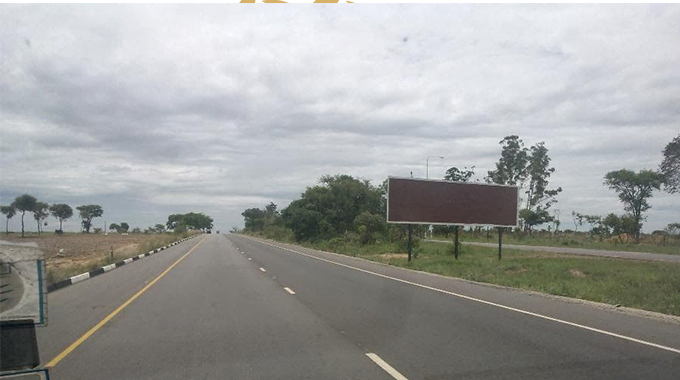Government implements UN Road Safety resolution

Mashudu Netsianda, Senior Reporter
THE Ministry of Transport and Infrastructural Development has started implementing the second UN Decade of Action for Road Safety (2021-2030) resolution in line with the National Development Strategy (NDS1) as part of efforts to reduce road traffic accidents in the country.
Misjudgements, vehicle defects, drunken driving and speeding are some of the main causes of road accidents.
The strategy focuses on taking action in building road safety management capacity and upgrading the safety of road infrastructure.
In a statement, Transport and Infrastructural Development Minister Felix Mhona said his ministry will leave no stone unturned in reducing carnage on the country’s roads by tightening and enforcing road traffic regulations.
Minister Mhona urged citizens to appreciate Government efforts to create safe roads through the ongoing Emergency Road Rehabilitation Programme (ERRP2) to reach the vision of reducing road carnage by 50 percent by 2030.
The minister noted that there has been an increase in the number of vehicles illegally fitted with led bar lights resulting in accidents at night.
“Most surviving drivers of night collisions usually blame too much light or too much little light for the vehicle collisions. We have also noted an increase in the number of vehicles seen on our roads illegally fitted with led bar lights that do not dip and thereby emitting dazzling light which contribute to night collisions,” said Minister Mhona.
He urged all players in the transportation sector to take note of several legal provisions as defined in Statutory Instrument 129 of 201, which is also known as Construction, Equipment and Use Regulations.
Section 18 of S1 129/15 says a motor vehicle must be provided with two or four headlamps attached to the front of the vehicle, two white or amber side lamps not exceeding 7 watts in power and showing the width of the car within 400 mm measured from the outside edge of the vehicle.
Section 66 of the S1 prohibits any person to drive a motor vehicle or trailer on any road if anything is fitted to the vehicle in such a way as to endanger any person on or outside the vehicle in any way.
According to section 19 of the SI, a vehicle may in addition to headlamps, be equipped with not more than two lamps commonly known as “pass lamps” or “fog lamps”.
The lights must be fitted at a height of not more than 600 mm above ground level.
Section 21 says a vehicle must be equipped with at least two tail lamps. Each lamp shall be fitted to the rear of the vehicle on either side within 400mm and not more than 1,5m or less than 300mm above ground level.
The lamp must emit red light and luminosity should not be less than that of a 5-watt tungsten filament lamp (light vehicles). It should not be less than 10-watt tungsten filament lamp (heavy vehicles)
A vehicle should be equipped with at least one lamp capable of illuminating the rear registration plate with a white light of at least 5 watts in power.
The lamp should be capable of illuminating every figure and letter so that it is visible from a distance of at least 20 metres.
A vehicle should also be equipped with not more than two reserving lights. which should have a power output of not less than 15 watts. However, this does not apply to vehicles manufactured before 1990.
The headlamps of a vehicle should be able to illuminate the road for a distance of at least 70 metres on main beam and 50 metres on dipped beam directly in front of the vehicle.
The Minister Mhona said his ministry through the Vehicle Inspection Department and the Traffic Safety Council of Zimbabwe have joined hands with police to educate motorists on the provisions of S1 129/15 and its enforcement.
“As different stakeholders and the nation at large, let us put maximum effort to reduce collisions on our roads.” he said.
The minister urged the motoring public to take heed of the safety provisions in terms of the Road Traffic Act, The Road Motor Transportation, Vehicle Registration and Licensing Act the traffic Safety Council Act.- @mashnets








Comments